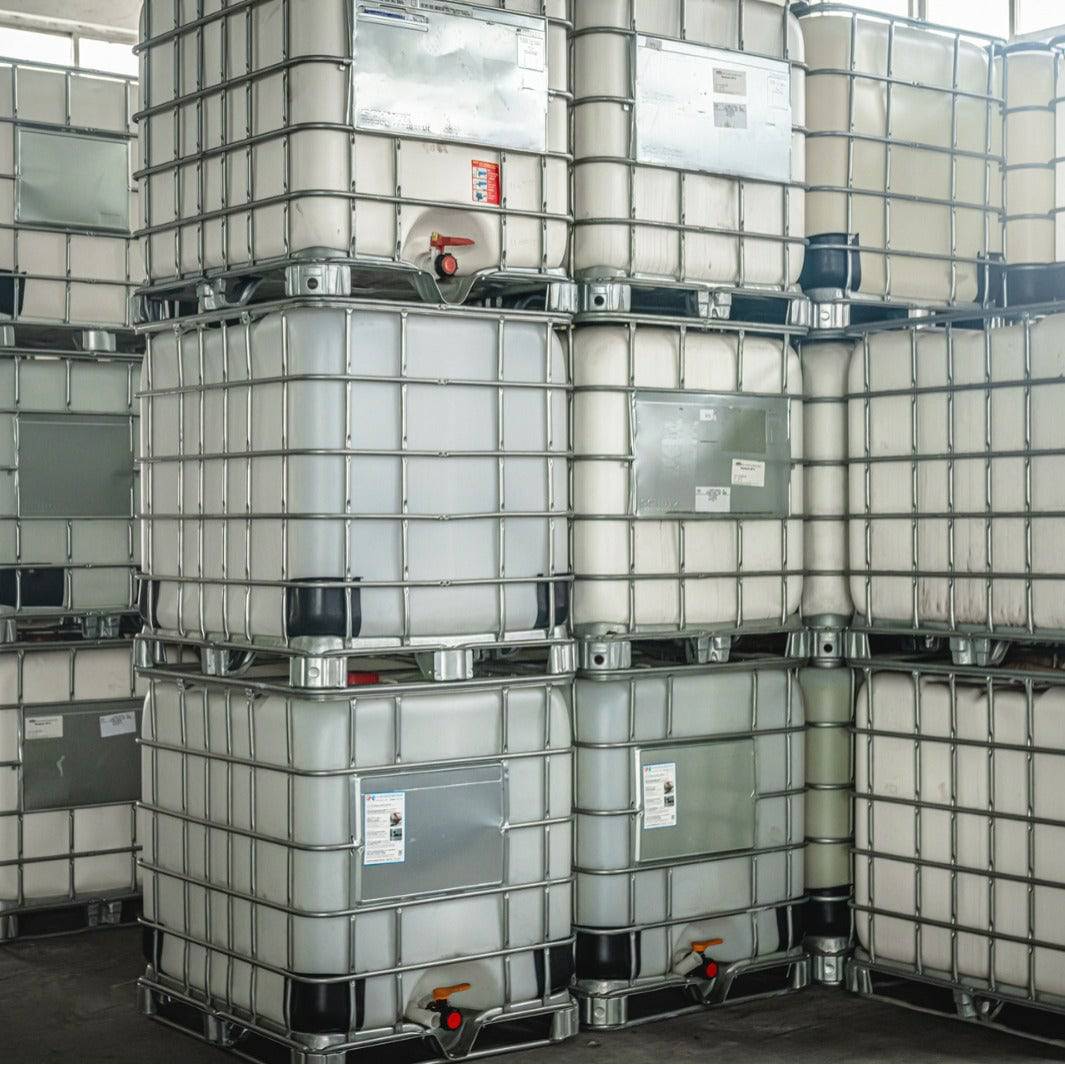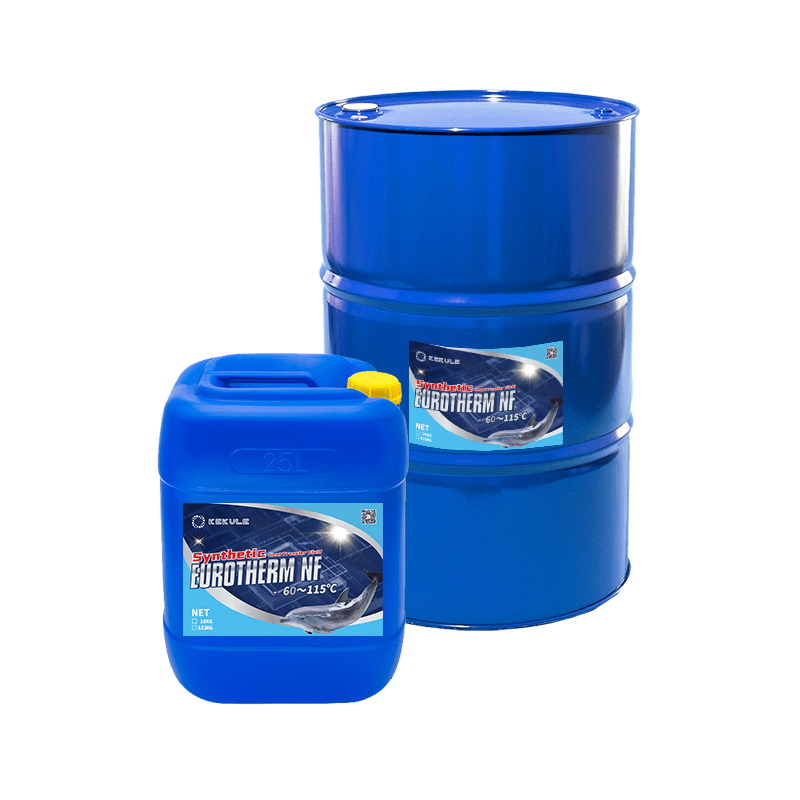Unknown Facts About Chemie
Unknown Facts About Chemie
Blog Article
How Chemie can Save You Time, Stress, and Money.
Table of ContentsThe Buzz on ChemieThings about ChemieRumored Buzz on ChemieHow Chemie can Save You Time, Stress, and Money.Some Known Incorrect Statements About Chemie Getting The Chemie To Work
(https://chemie-141534.webflow.io/)Measured adjustment in electrical conductivity of fluid examples as a feature of time when stirred with the material example in the closed indirect air conditioning loophole experiment. Number 6 reveals the adjustment in the determined electrical conductivity of the liquid samples when mixed with the material sample. The conductivity of the water sample from the shut loophole experiment decreased by about 70% from 11.77 S/cm to 3.32 S/cm in six hours.These outcomes suggested that the capacity of the material depends upon the test liquid utilized for the experiment. This reveals that different ions present in the liquid will cause various ion exchange ability of the fluid. For that reason, calculating the ion exchange material capability with the fluid sample from the real cooling loop is necessary.
Fascination About Chemie
For that reason, an ion exchange resin cartridge containing 20g of Dowex blended bed resin might tackle order 938 days to saturate. In other words, to preserve a reduced electric conductivity, a material cartridge with the measurement and weight specification as that of the resin cartridge used in the experiment, require to be transformed every 30 months for the cooling system that was utilized in the experiment
The cooling of digital parts has become a major obstacle in recent times due to the improvements in the style of faster and smaller components. The use of a liquid coolant has become attractive due to the greater warmth transfer coefficient accomplished as compared to air-cooling.
The smart Trick of Chemie That Nobody is Talking About
A solitary phase cooling loophole includes a pump, a warm exchanger (cold plate/mini- or micro-channels), and a warmth sink (radiator with a follower or a liquid-to-liquid warmth exchanger with chilled water air conditioning). The warm source in the electronic devices system is connected to the heat exchanger. Fluid coolants are likewise made use of in two-phase systems, such as warm pipes, thermo-siphons, sub-cooled boiling, spray air conditioning, and straight immersion systems [2, 4]
The demands may vary relying on the type of application. Adhering to is a listing of some general needs: Good thermo-physical buildings (high thermal conductivity and details warmth; low thickness; high concealed warm of evaporation for two-phase application) Low freezing point and burst point (in some cases burst security at -40 C or lower is needed for delivery and/or storage purposes) High atmospheric boiling point (or reduced vapor stress at the operating temperature level) for solitary stage system; a slim desired boiling point for a two-phase system Great chemical and thermal security for the life of the electronic devices system High flash point and auto-ignition temperature (sometimes non-combustibility is a demand) Non-corrosive to materials of building and construction (metals along with polymers and other non-metals) No or minimal regulatory constraints (environmentally friendly, safe, and potentially naturally degradable) Affordable The most effective electronics coolant is an affordable and harmless fluid with superb thermo-physical residential properties and a long solution life.
Indicators on Chemie You Should Know
Many of these liquids have a non-discernible smell and are nontoxic in case of call with skin or consumption. As stated previously, aliphatic PAO-based fluids have changed the silicate-ester fluids in a variety of army electronic devices (and avionics) cooling applications in the last decade. Another course of prominent coolant chemistry is dimethyl- and methyl phenyl-poly (siloxane) or typically known as silicone oil.
Fluorinated compounds such as perfluorocarbons (i.e., FC-72, FC-77) hydrofluoroethers (HFE) and perfluorocarbon ethers (PFE) have particular one-of-a-kind buildings and can be used touching the electronic devices [4, 8] Of all, these fluids are non-combustible and safe. Some fluorinated compounds have absolutely no ozone depleting potential and various other environmental properties.
This coolant is categorized as harmful and need to be handled and disposed of with care. The high quality of water made use of for the preparation of a glycol option is really crucial for the system.
An Unbiased View of Chemie

Aside from lack of poisoning, it has no benefits over ethylene glycol, being higher in price and even more viscous. This is an inexpensive antifreeze service, discovering use in refrigeration solutions and ground source heatpump. Comparable to glycols, this can be hindered to stop deterioration. This fluid can be utilized to -40 C due to its relatively high rate of warm transfer in this temperature level range.
It is thought about more unsafe than ethylene glycol and consequently has found usage just for process applications located outdoors. Methanol is a combustible liquid and, as such, presents a potential fire risk where it is stored, handled, or made use of. This is a liquid remedy of denatured grain alcohol. Its major benefit is that it is non-toxic.
Getting My Chemie To Work
As a combustible liquid, it calls for certain preventative measures for handling and storage. Aqueous options of calcium chloride find large usage as distributing coolants in food plants. It is non-flammable, non-toxic and thermally extra effective than the glycol remedies. A 29% (by wt.) calcium chloride service has a freezing factor below -40 C.

Report this page